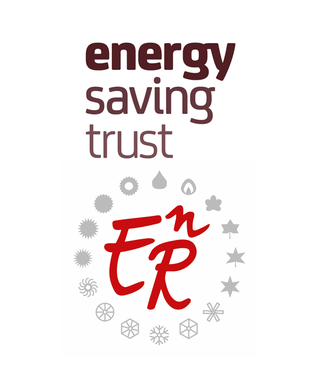Search eceee proceedings
Electricity consumption in the service sector in Taiwan: cross-dataset calibration
Panel: 4. Monitoring and evaluation for greater impact
Author:
Yu-Wen Su, Industrial Technology Research Institute (ITRI), Taiwan
Abstract
Energy statistics are the foundation of energy study, and correct data support reliable policy. Within the service sector in Taiwan, the “other service” consumes approximately 40% of electricity, higher than the wholesale and retail trade, based on the Bureau of Energy (BOE). Moreover, the electrical intensity of “other service” was 47.8 kWh/1000TWD, larger than that of industrial sector. These numbers seem to be unreasonable, due to the bias of industrial classification of electricity consumption. This bias, especially for the small and medium-sized enterprises (SMEs), was discussed in this study.
To obtain the correct data, an approach of cross-dataset calibration was proposed. Two datasets were connected:
One is users’ data of low-tension commercial electricity consumption from Taiwan Power Company (Taipower), which was directly classified to the “other service”. Another is firms’ tax information statements, which is one of the open data from the Ministry of Finance in Taiwan and updated every month. The common variables, which are address, company name and Government Uniform Invoice (GUI) number, are used as key variables to merge these two datasets and connect electricity consumption to a specific industrial classification. As the result, the correct and immediate industrial classification of electricity consumption was obtained.
More specifically, the calibration process consists of five steps:
– First, date rolling back of tax information ensures two datasets are time-consistent.
– Second, address data are cleaned and format is unified to increase the match rate.
– Third, datasets are integrated based on addresses, GUI numbers, or company names.
– Fourth, the belonging industry of electricity consumption is identified by rules.
– Finally, the electricity consumption of 19 industries is analyzed.
Out of 1,243,004 electricity users who consuming low-tension commercial electricity of 16,932 GWh in 2017, 61.5% of companies and 73.9% electricity consumption were classified to a specific industry.The integrated data were separated into three groups based on the match conditions:
– First, observations with two match conditions and one of which is address are those with high reliability (nearly 30.0 of electricity consumption).
– Second, matching through address but not company name or GUI number represents the address has been transferred to other producer (18.5%).
– Third, matching through other conditions but not address, comparatively, represents the company still exists but has moved to other places (25.4%).
These transferring addresses and moving companies, which were not revised in the dataset of electricity consumption, are the main sources of the incorrect industrial classification.
All of the electricity consumption was originally classified to the “other service” but now is separated into different industries. Most of electricity was consumed by the wholesale and retail trade (5,383 GWh, 31.8%). Following was the accommodation and food service (2,063 GWh, 12.2%). These two industries were mainly consisted of SMEs. Not only the service sector, but manufacturing also consumed low-tension commercial electricity (2,055 GWh, 12.1%). Actually, the other service only consumed 329 GWh (1.9%) of electricity. These results indicate that classifying low-tension commercial electricity to “other service”, based on Taipower, leads to incorrect industrial electricity consumption, which may cause incorrect industry-related policy.
The cross-dataset calibration is an efficient approach to ensure the correctness of energy statistics, and can be referred by other countries or economies. The dataset of electricity consumption and tax information have already existed for years. All we have to do is connect them regularly to obtain the accurate distribution of industrial electricity consumption.
Downloads
Download this presentation as pdf: 4-008-19_Su_Presentation.pdf
Panels of
1. The dynamics of limiting (energy) consumption
2. What's next in energy policy?
4. Monitoring and evaluation for greater impact
5. Smart and sustainable communities
7. Make buildings policies great again
8. Buildings: technologies and systems beyond energy efficiency
9. Improving energy efficiency in ICT, appliances and products

























